Although they develop their own attitudes, perceptions and philosophies over time, most children reflect the views and priorities of their parents. For modern hunters and anglers, few things are as satisfying to see from their sons and daughters, as a blossoming love of wildlife and desire to protect it.
But although your children will likely follow in your footsteps to some degree without extraordinary efforts on your part, you can help nurture your child’s conservation-oriented instincts by embracing a number of techniques, strategies and practices.
The History of Wildlife Conservation
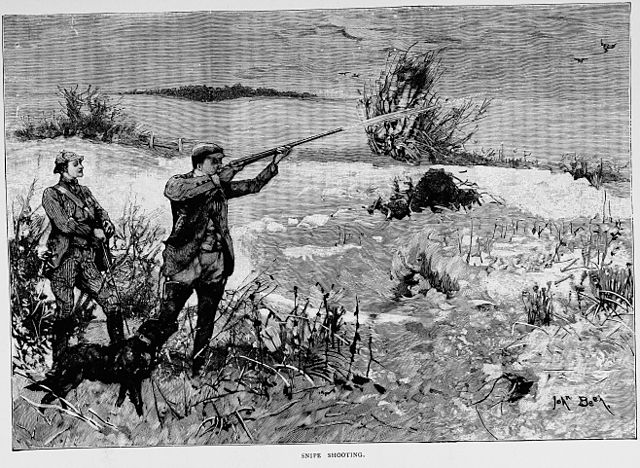
At the time, most people felt that nature was essentially an inexhaustible resource, and humans should take what they wished, without regard for limits or sustainability. But this young hunter started questioning that logic. Within just a few short years, he had begun refining his thoughts on the subject and started spreading his ideas far and wide.
It was important, he held, to protect wildlife populations, including the predators. Additionally, yearly harvests should be limited to a level that the natural world could sustain. By allowing some animals to live this year, the habitat will provide better hunting (and fishing) the next.
Thanks to the efforts of this insightful young man, the local ecosystems began to recover. Bears and mountain lions returned to scattered portions of New Mexico, and the world began thinking about wildlife differently.
This young man’s name was Aldo Leopold; but he is perhaps better known as the father of wildlife conservation. And now, professional and amateur conservationists alike follow in his footsteps.
Harmony with land is like harmony with a friend; you cannot cherish his right hand and chop off his left.
– Aldo Leopold
What Are the Goals of Professional Conservationists and How Do They Achieve Them?
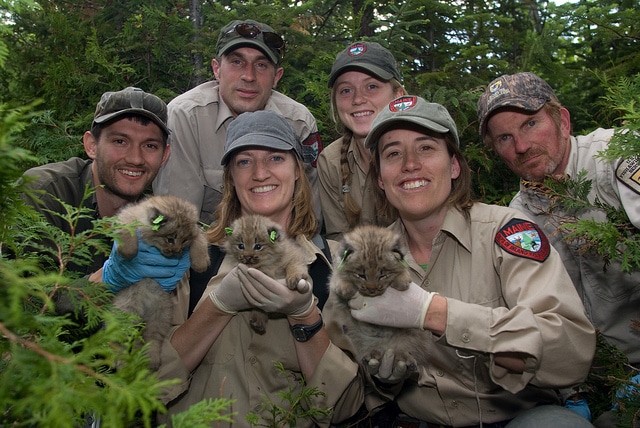
Understand that conservation measures are not theoretical abstractions: They often have tangible benefits and save species from extinction.
Take, for example, the story of the American wild turkey. During the tile of Leopold, North America’s entire turkey population was represented by about 30,000 individuals. However, conservationists began working with law enforcement to combat illegal poaching, enacted relocation initiatives and began protecting the habitats these birds need. Within a few decades, the turkey population exploded, and today an estimate 7 million gobblers inhabit North America.
The basic goals of modern conservationists are largely the same as Leopold’s: To ensure a healthy, sustainable environment. Modern conservationists may have access to a greater collection of data and knowledge, and the tools they use may be incredibly more advanced than those available to Leopold, but they are essentially chasing the same dream.
These goals are typically advanced via a few different strategies:
- Education and Messaging – Informing the public about the need to conserve natural resources is one of the most important strategies employed by conservationists. Educating the public and spreading the conservation message serves as a force multiplier; instead of relying on the efforts of a handful of professional conservationists, countless amateurs can be enlisted for the battle.
- Habitat Protection – Habitat destruction is the primary cause behind almost all declining animal populations. While it isn’t quite as important a factor for game species as it is non-game species, many conservationists take steps to protect the habitats of various wildlife species. This can include everything from regulating the pesticides and fertilizers that can be used in an area, to working to prevent siltation in local streams and ponds.
- Wildlife Monitoring – You need to carefully monitor wildlife populations to determine the health of a given population, as well as to determine if your conservation efforts are having the intended effect. Conservationists have long used techniques like pit-fall traps, drift fences, hand-collecting and scouting to determine the population levels of the local wildlife, but they’re increasingly using high-tech tools, including drones, trail cameras and satellite imaging. Sometimes, scientists directly enlist the help of amateur conservationists during bird-counts and similar initiatives.
- Scientific Research – To help protect and conserve species, you have to understand their needs, lifestyle and reproductive strategies. This research allows conservationists to identify helpful ways of protecting species, which are most likely to have a tangible effect on their population. For example, protecting some species depends upon protecting the mature females above all others; protecting others requires that the youngest specimens receive protection.
Explain these goals and strategies to your child as you explore the world of wildlife conservation. Explore the reasons that you cannot do many of these things yourselves, and ponder ways that you can do your own part to protect wildlife.
Spoiler Alert: The primary ways by which your kids can contribute to the goals of conservationists is by learning as much as they can about the natural world, enjoying the great outdoors with you and doing the small things that every good hunter and angler should do to protect the lands they love.
Methods to Remember: Concrete Steps for Teaching Conservation to Kids
“In the end, we will conserve only what we love; we will love only what we understand; and we will understand only what we are taught.”
– Baba Dioum, Senegalese Conservationist 1968
This oft-used quote perfectly encapsulates the reasons why education is so important to conservation: It helps foster a love, and therefore a desire to protect, the natural world. Essentially, if you begin teaching your child about various parts of nature, their conservationist instincts will rise to the surface.
Fortunately, there are an endless number of activities in which you can engage with your kids to help teach them about nature. And most of them will be fun for both of you:
- Teach your children to identify various species. Children (and adults, for that matter) love to feel like experts, so teach your child to identify the local trees, the fish species you see at the local pond or the songbirds flittering around in your backyard.
- Maintain a life list. Life lists are usually books or, in the modern world, computer files, which tally all of the different species your child observes over the course of his or her life. They usually focus on a given category of nature, but you can include anything you like on the list. For example, life lists are commonly maintained by birding enthusiasts – each time they encounter a new species, they record the date and time, and perhaps include a photo. Over the years, your child will add more and more entries to the list.
- Play conservation- and nature-oriented games. Games are always a fun way to teach your child important lessons, especially if your children are between about 4 and 9 years of age. Games need not be elaborate – a simple scavenger hunt or game of I-spy conducted at a park or local forest is great fun and very educational. The World Wildlife Fund and Arkive both list several fun computer-based games on their website, and there are also plenty of trivia games that your child will love too. If your little one is interested in hunting, you may want to play the game Oh Dear! A game that teaches children about wildlife population fluctuations.
- Attend workshops, seminars and presentations together. On any given weekend, there is usually some type of nature- or conservation-oriented presentation being offered at a local nature center or park. Many sporting goods stores also host guest speakers who work in some type of outdoor field. These types of activities are usually very affordable (or free) and they’ll delight and educate your child.
- Consume different types of media relating to conservation. While most parents struggle to get their child away from the television and outside, it’s important that you don’t discount the educational value of books, television shows, documentaries and websites that focus on the natural world. Obviously, you’ll want to encourage a moderate, measured approach to these types of media, but they are helpful for fostering a love of conservation.
- Make plaster casts of the animal tracks you find with your child. This will not only help your child to learn to find and identify tracks, but it lets them take part of the experience home with them. Plaster casts are fairly easy to make, and your child will probably enjoy helping you with the prep work.
- Have your child help prepare dinner – especially when dinner includes fish or game that you’ve harvested. Often, young children fail to make the connection between the plants and animals in the real world, and the food that ends up on the dinner table. By allowing them to help wash vegetables and season filets, you can help them make the connection and understand the connection between the natural world and the dinner table. Of course, growing some of your own vegetables is also a great way to help drive home these lessons.
- Take your child hunting, fishing or camping with you. There’s simply no better way to introduce your child to the great outdoors than by introducing them to some of the ways you enjoy interacting with wildlife. You’ll obviously need to keep safety in mind, tailor the outing to your child’s age and capabilities and follow your local laws and regulations, but you can usually find ways to involve your kids in your pastime. Even kids as young as 3 or 4 can have a blast fishing with a cane pole or helping mom or dad scout hunting grounds for scat, scrapes, sheds and tracks.
For all the bowhunting parents out there, we have a guide on choosing a compound bow for your kids.
Sportsmen and Sportswomen: Important Partners in Conservation
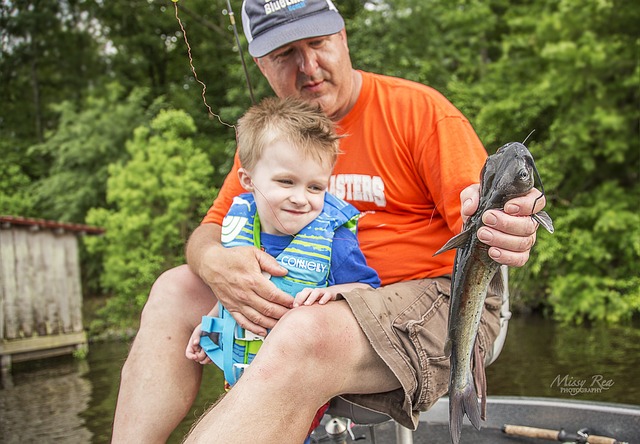
But most properly licensed hunters and anglers are already doing more than they realize to support conservation: Most states and municipalities allocate some percentage of the fees paid by sportsmen and sportswomen to programs and initiatives designed to protect wildlife populations.
Of course, many voluntary groups, clubs and organizations also donate a percentage of member’s dues to conservation-oriented causes, and affluent amateurs can usually find plenty of worthy non-profit conservation organizations, who could make good use of a donation.
Related: You’re a Conservationist if You Hunt or Fish: What’s Your Cause?
Conservation Organizations Are Here to Help (But They Need Your Help Too!)
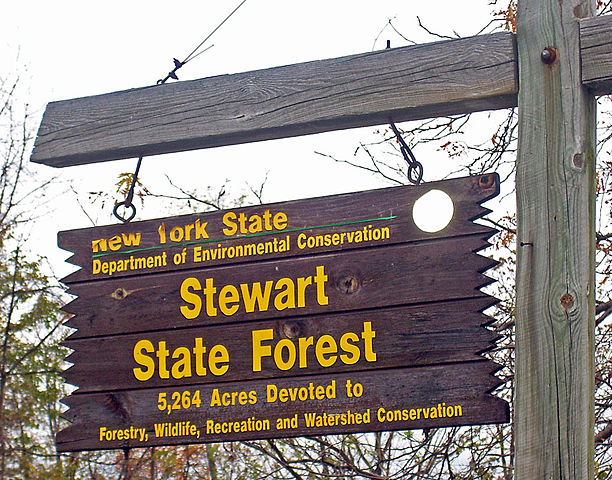
Don’t be afraid to use conservation organizations as a resource. Most provide valuable tools for helping your child to foster a love of the natural world, including games, lesson plans and activity calendars.
Some of these organizations have very broad missions, while others concentrate on conserving one particular part of the natural world (such as ducks or trout). Be sure to look into several different organizations and consider “adopting” one of them with your child.
- The Nature Conservancy
- National Audubon Society
- Wildlife Conservation Society
- National Wildlife Federation
- Ducks Unlimited
- Trout Unlimited
- The Sierra Club
- World Wildlife Fund
Don’t forget that your local Fish & Wildlife Agency probably provides a wealth of resources that will be useful for helping your child foster an appreciation of the natural world too. Check out this link to find your state’s agency.
The Ancillary Benefits of Teaching Your Child to Be a Good Conservationist
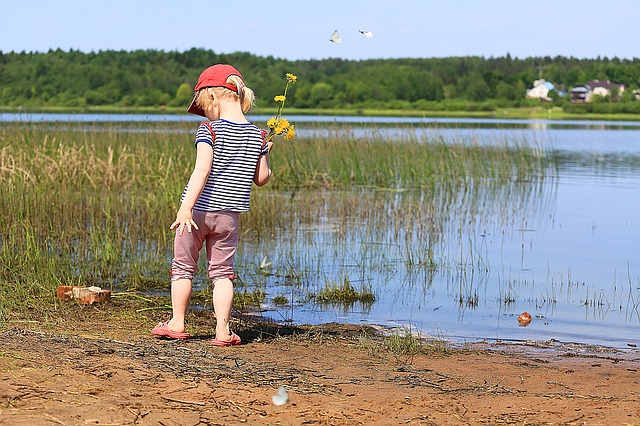
- Teaching your child anything means that you get more time with him or her. Research shows that the more time you spend with your child, the less likely they are to be depressed during adolescence.
- Many conservation activities take place outside, and time spent in the natural world has myriad health benefits. Among other things, kids who engage in outdoor activities develop a positive opinion of nature, and they are more likely to develop good self-discipline.
- Other conservation activities take place inside, and give you something to do on a rainy day. This gives you a chance to redirect your children’s attention from the game console or television to an educational and fun activity.
- You may spark your child’s interest in a conservation-oriented profession. Some types of conservation work are classified as STEM careers, which are not only in high demand, but they are also typically stable careers that pay relatively well.
Get Out There and Put These Tips into Action
Remember, the most important step in teaching your child about the importance of conservation is to simply foster a love of the natural world. And the best way to do this is by sharing the things you love about nature and teaching them the things you already know.
Don’t worry about making mistakes – that’s part of the process. Just get out there and enjoy nature with your children; if they are anything like you, a love of nature will emerge in short order.
Recommended:
How To Keep Kids Busy While Camping (30+ Fun Screen-Free Ideas)

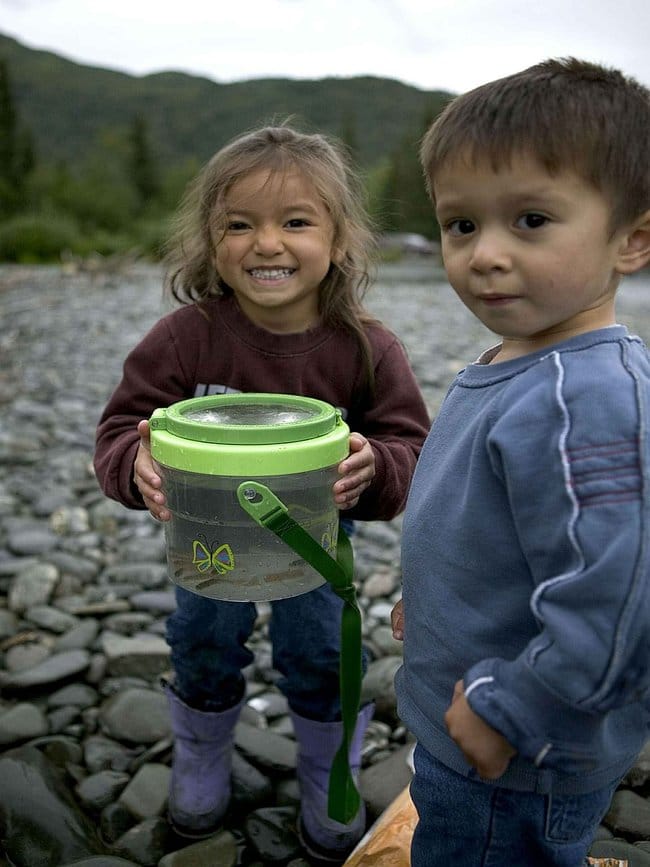


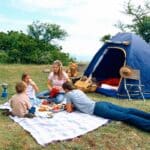
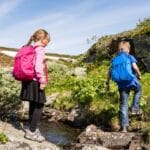
Comments are closed.